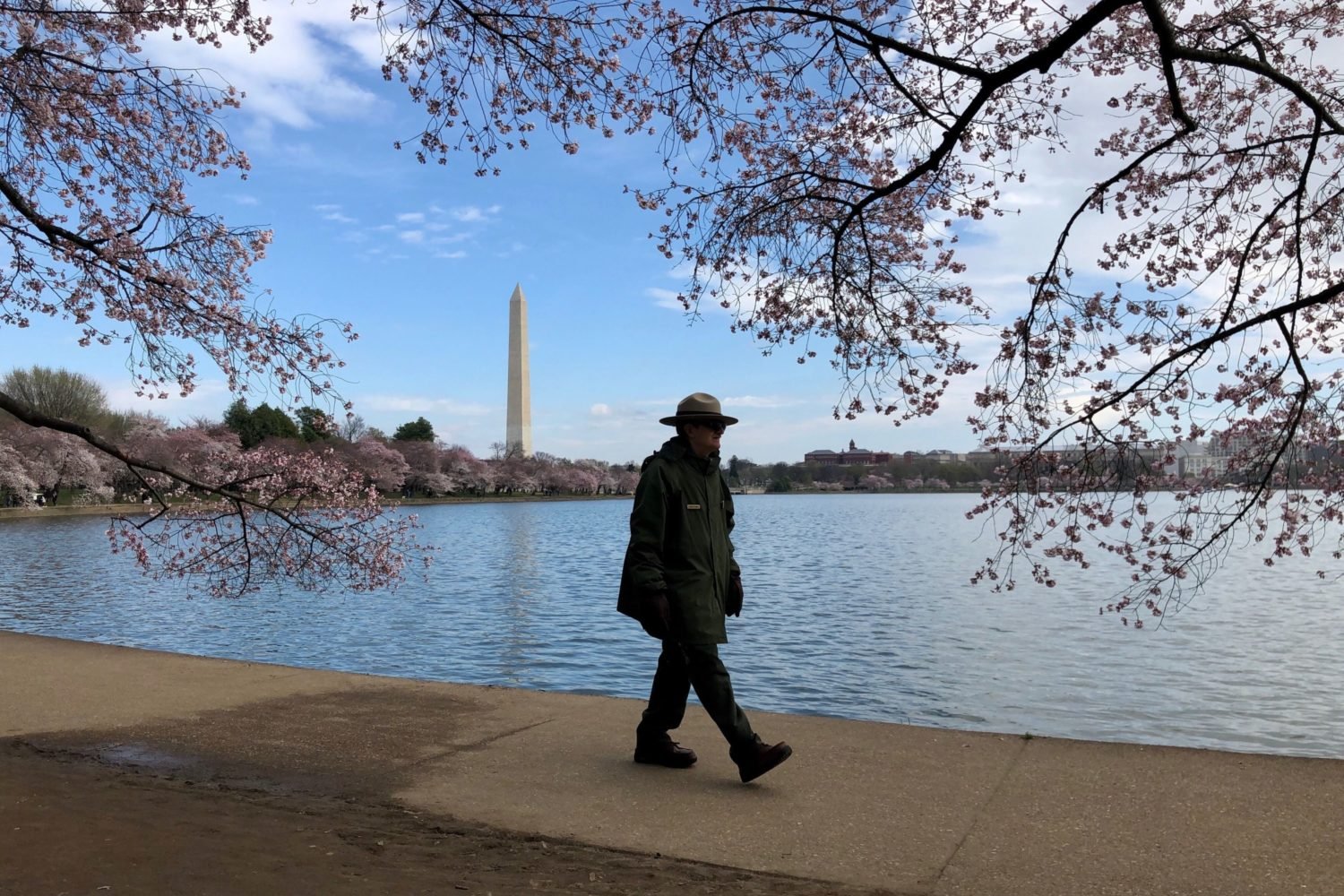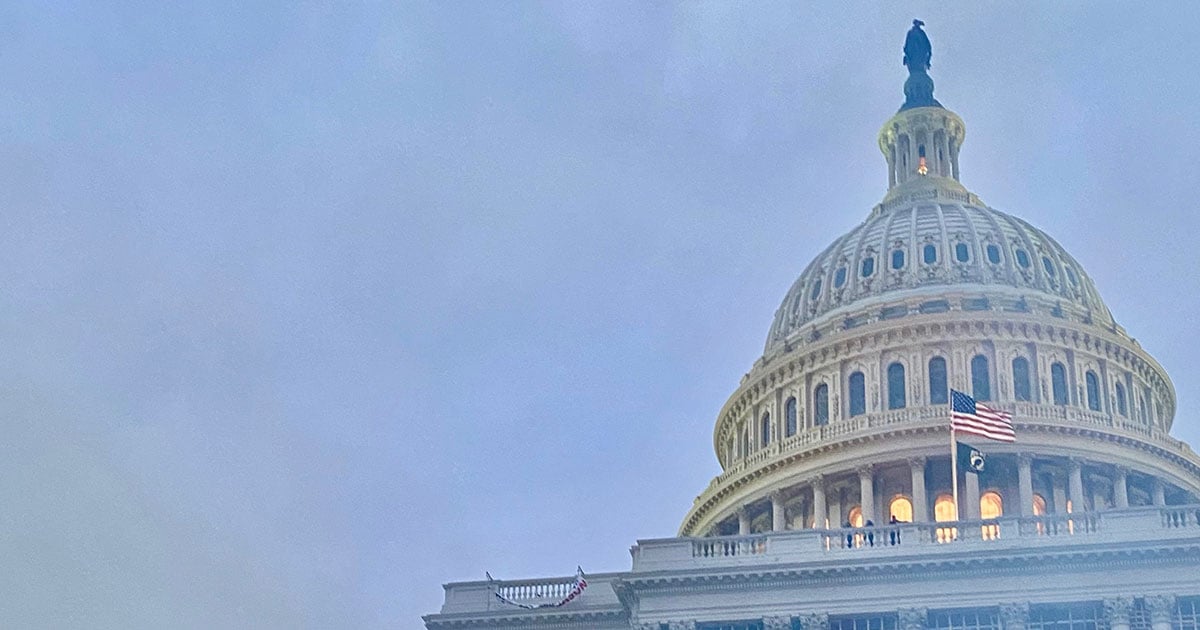About Coronavirus 2020
Washingtonian is keeping you up to date on the coronavirus around DC.
The Trump administration has unwound teleworking across agencies over the past couple years, frustrating federal workers for all kinds of reasons. And now, in a pandemic, that pullback presents a whole other kind of problem. Max Stier, CEO of the Partnership for Public Service, explains.
So many of us are teleworking already. Why isn’t the federal government doing it yet?
I think all agencies are scrambling right now to see how much work can actually be done that way. The problem here is that a lot of these agencies are not well equipped to do so; it’s not only a question of the hardware and software, it’s management capability—you have to work differently and manage differently.
I’ve heard that in at least one agency they literally aren’t sure if they have the technical capability to do it.
There’s a technical aspect, yes. Do you have the physical infrastructure in place? Do you have the capabilities with respect to home internet connections and computers and all of that? It’s a lost opportunity—because many agencies did pull back in the last few years from what had been a long-standing effort to promote telework.
Do we know how much the Trump administration has pulled in the reins?
So what do you see happening—will federal workers get to work from home?
There are so many organizational challenges. And some agencies can’t do it—if you’re TSA, you can’t go home. Every agency has a “COOP”—Continuity of Operations Plan—on the shelf. But I think it’s a different proposition to have a plan and to be able to execute it properly, and ensure it can be done for a lengthy period of time. It’s a very big lift to do at the last minute and to do it well without causing disruptions to services that people rely on. That’s fundamental. It’s hard to speak in general terms, but I think some of this is agencies trying to figure that out: There’s a tension between the public service mission and the concern for employee health. I think that’s one of the hardest things here. It requires good leadership inside.
Tell me a story of that playing out in an agency that you’ve heard about this week.
Well, I was out in California for work this week. My airplane was 2/3 of the way full going out and 1/3 of the way full coming back. The TSA security that I saw going out was as robust coming back. That’s an example for me personally. Here’s the public making smart choices about diminishing their risk by not flying, but that option is not being taken by public employees. They’re still out there on the front lines trying to keep us safe.
This interview has been edited and condensed.



















